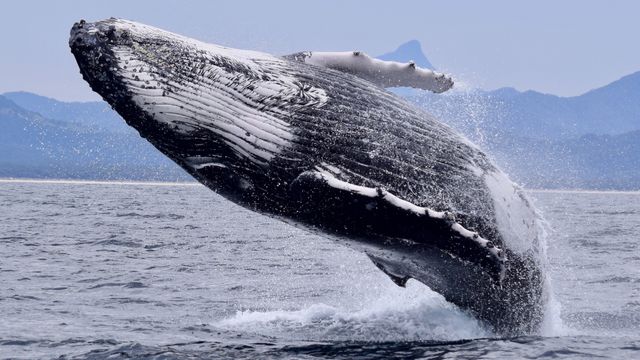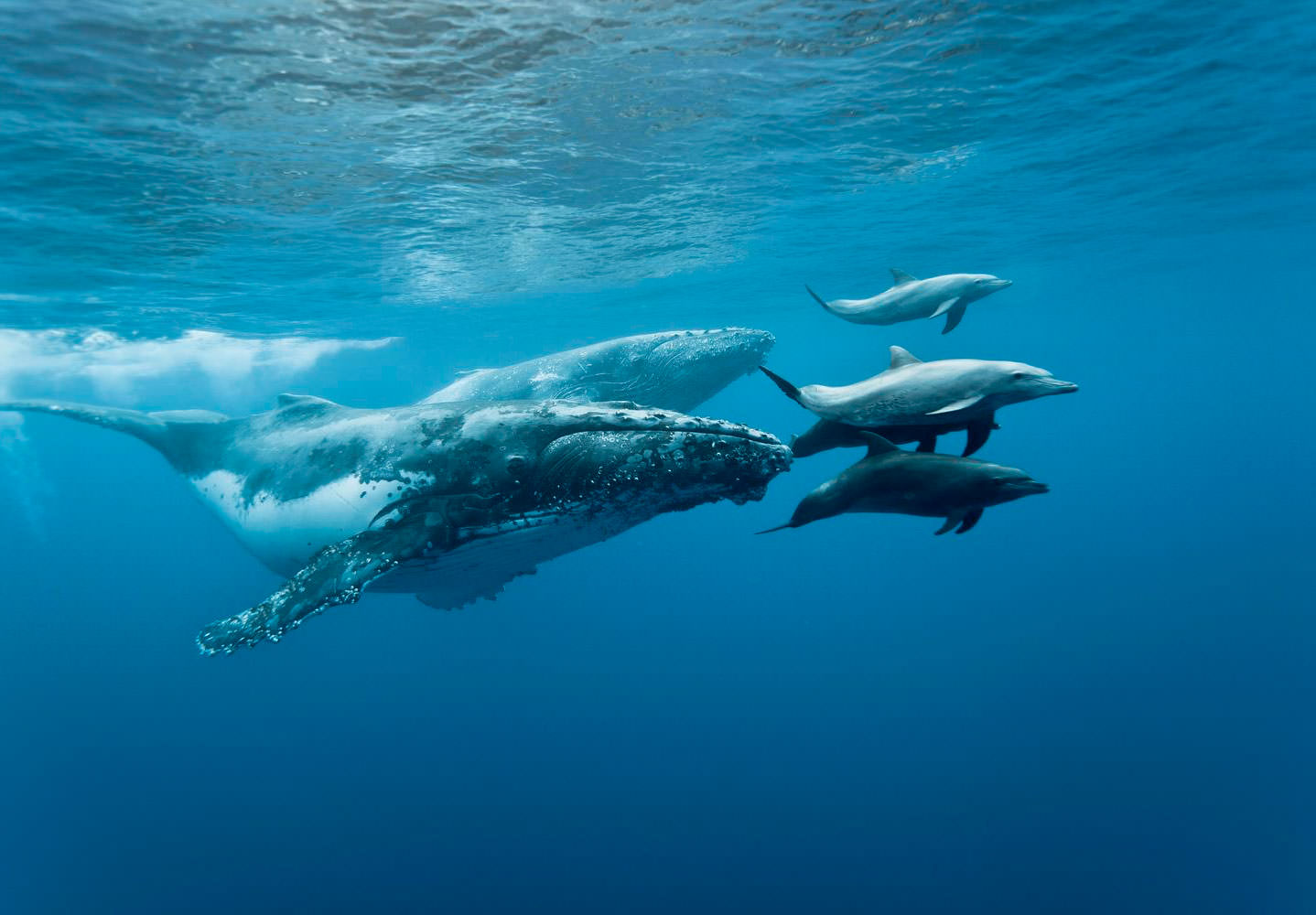
Evolutionary analyzes carried out on aquatic mammals such as dolphins, killer whales and whales show that animals have already passed a point that does not allow them to return to land — that is, it is practically impossible for their descendants, however long that passes, to be able to live in the terrestrial environment. The adaptations made for life in water have already overcome a biological “barrier”, as shown by the study of almost 6 thousand mammalian species, both aquatic, terrestrial and hybrid.
Aquatic mammals are the result of a curious evolutionary back-and-forth. Between 350 million and 400 million years ago, the first fish crawled out of the water, like the famous tiktaalik, thanks to limbs and respiratory adaptations that allowed them to stay out of rivers and seas. Initially clumsy, these vertebrates evolved to become the fully adapted tetrapods of today.
Tetrapods are vertebrates with four distinct limbs and toes, a group that includes amphibians, mammals, and reptiles. Most of them stayed on land, adapting perfectly to the environment, but some, 250 million years ago, thought it good to return to aquatic origins. This called for new adaptations to be able to live again in the sea or rivers, since they now needed to breathe through their lungs, for example.
/i706754.jpeg)
Although the transition to land only happened once, the return to water happened on many occasions, which makes researchers wonder if a new land return would be possible. If not, why? This is what the research sought to answer.
Too late to turn back
The idea that evolution was not reversible was first proposed by Belgian paleontologist Louis Dollo in the 19th century. Known as Dollo’s Law, it states that once a complex trait is lost in a lineage and too much time has passed, it is unlikely to reappear in subsequent generations. To test the idea in mammals, thousands of species were divided into 4 categories:
- Completely terrestrial species;
- Species with aquatic adaptations but still possible terrestrial mobility;
- Species with limited terrestrial locomotion;
- Completely aquatic species.
The model assembled by the scientists pointed out and examined evolutionary relationships between species with branches indicating common ancestry. Comparing traits between species, the probabilities of evolving specific traits were calculated, setting up a gradient of adaptations between “fully terrestrial” and “completely aquatic” — and testing their irreversibility.
/i594761.jpeg)
A threshold was discovered between semi-aquatic and fully aquatic, a limit that, once crossed, makes adaptations to water irreversible. These adaptations are associated with multiple changes, such as increased body mass to help retain heat in colder environments, and a carnivore diet that helps maintain increased metabolism.
This makes it difficult to compete with terrestrial species, according to Bruna Farina, a Brazilian doctoral student at the University of Fribourg and author of the study, who told Live Science.
While it is possible to go from fully terrestrial to semiaquatic in small steps, there is an irreversible line to some of these adaptations. The chance of mammals such as whales and dolphins returning to land is practically zero — just look at how animals, when stranded, cannot support their own body weight without the buoyancy of the water. Reversing such an adaptation is not only difficult, it is hardly necessary from an evolutionary point of view.

About 350 million to 400 million years ago, the first fish began to crawl out of the water and onto land. These early vertebrates developed early limbs that allowed them to move, and over the next few generations they evolved to become the tetrapods we know today: amphibians, reptiles, and mammals.
However, some mammals returned to the water around 250 million years ago, developing adaptations that allowed them to take advantage of this environment. Whereas the transition from land to water occurred only once in the evolutionary history of land animals, the return to water has happened repeatedly.
To investigate the possibility of a reversal from the aquatic to the terrestrial environment in mammals, the researchers analyzed more than 5,600 different species. They divided these species into four categories: fully terrestrial, with some aquatic adaptations, with limited locomotion on land, and fully aquatic.
By examining the evolutionary relationships between these species, the researchers created models that estimated the likelihood of evolution for specific traits. The study, published in the Proceedings of the Royal Society B, revealed that there is a threshold between semiaquatic and fully aquatic species. Once this limit is exceeded, adaptations to aquatic life become irreversible.
Transitions to aquatic environments have been associated with several significant changes, such as increasing body mass to retain heat in cooler waters and adopting a carnivorous diet to support their high metabolisms. These changes can make it difficult for them to compete with terrestrial life forms.
Therefore, although it is possible for a gradual transition from a terrestrial to a semiaquatic environment to occur, there are irreversible limits when it comes to specific adaptations to aquatic life. This means that the chances of fully aquatic marine mammals such as whales and dolphins making it back to land are slim to none.
This idea of irreversibility in evolution was first put forward by Belgian paleontologist Louis Dollo in the 19th century. Known as Dollo’s Law, it states that once a complex trait is lost over time in an evolutionary lineage, it is unlikely to reappear in future generations.
